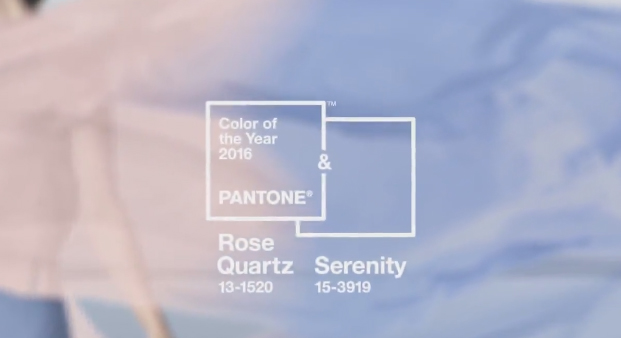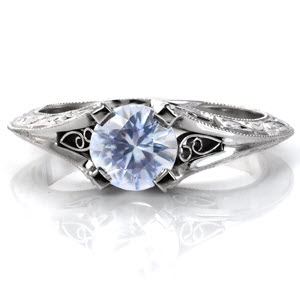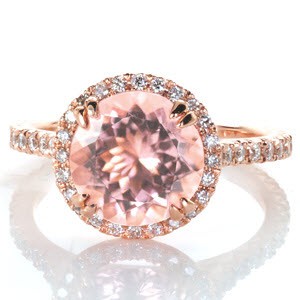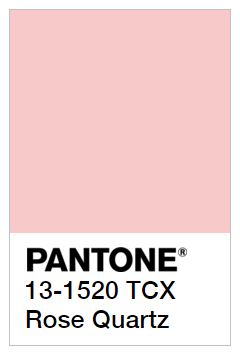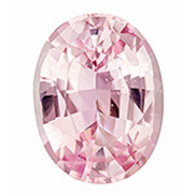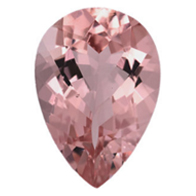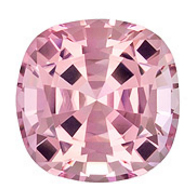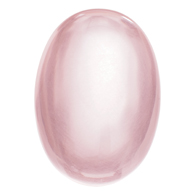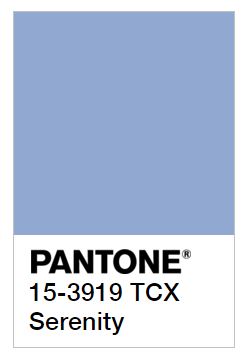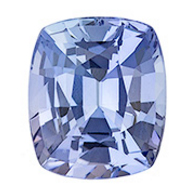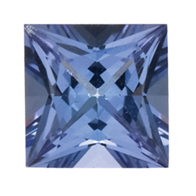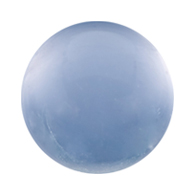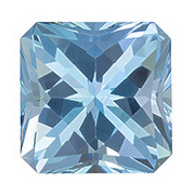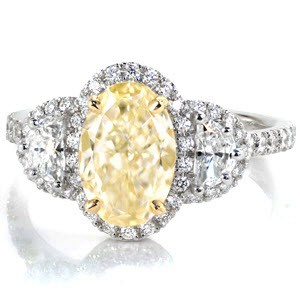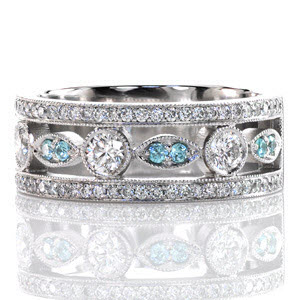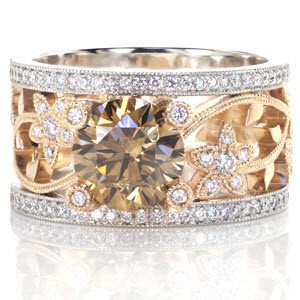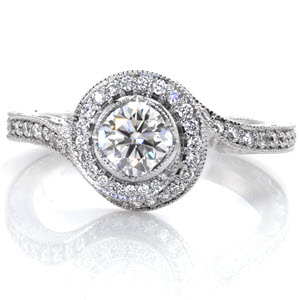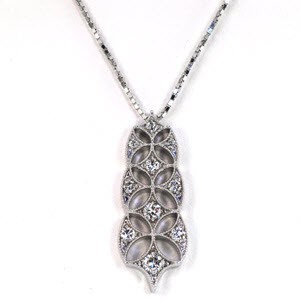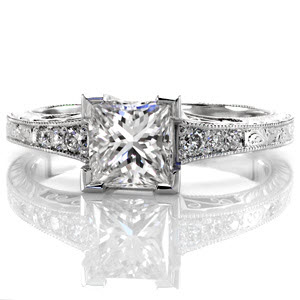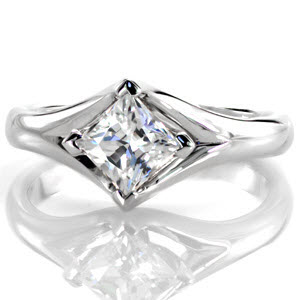Diamonds capture our attention and hold it. They accomplish this feat through many different mechanisms, but one of the most visible and noticeable is its reflection of light. Light can affect a diamond in a variety of ways, and each of these ways contributes to diamond’s overall beauty and popularity – after all, there’s a reason why diamonds are often used in metaphors and idioms involving light and perception. Let’s take a look now at some of the different ways in which varying light conditions can sometimes drastically change your diamond’s appearance to make it lighter, darker, or even more colorful.
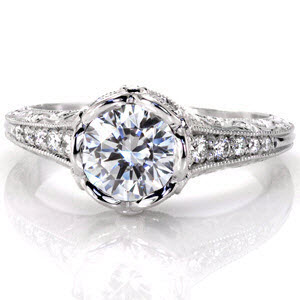
Why Your Diamond Looks Different Based on Lighting Conditions and the Environment
Think of it this way: Your diamond is a conglomerate of many different tiny mirrors that are each angled in different directions. Thus, your diamond reflects a multitude of different objects in its environment. Then, you have to consider your own viewing angle – how you look at the diamond also changes your perception of it. Try this experiment: Hold your diamond jewelry as far away as you can stretch your arms. Then, hold it as close to your eyes as you can. See the difference? When you hold it close, you’ll reflect the pupils of your eyes. Holding it far away will reflect more of the immediate environment.

How the Cut of a Diamond Affects Its Appearance in Light
Diamonds are typically graded based on their color, clarity, carat weight, and cut. That last item, cut, is essential in determining a particular diamond’s final appearance. In fact, your diamond’s cut plays one of the biggest roles in determining how light will interact with it. There are seven different components that go into determining a diamond’s cut grade: brightness, fire, scintillation, weight ratio, durability, polish, and finally symmetry. Let’s take a closer look at those components now.
Brightness, Fire, and Scintillation: The Perfect Combination
These three attributes describe a particular diamond’s appearance. Your diamond’s cut will determine how vibrant each of these aspects will be in the presence of different lighting conditions. In general, the best and most valuable diamonds channel all three of these attributes for maximum brilliance and beauty.
Weight Ratio, Durability, Polish, and Symmetry: The Four Pillars of Craftsmanship
The other four attributes that determine a diamond’s cut grade are weight ratio, durability, polish, and symmetry. These four aspects collectively describe the quality of the craftsmanship that went into the cut. Well-polished, symmetrical, durable, and balanced diamonds will naturally contribute to a higher cut grade.

How Cut Grades Correspond to Appearances
Cut grades are determined by the preceding seven attributes. But what does this grade mean for your diamond? Let’s break down each of the five grades to see how light affects each one differently.
*Excellent: For the most precise and beautifully-crafted cuts, light will reflect at subtle angles and radiate throughout the surface of the diamond. Only the most well-cut stones receive this rating.
*Very good: An impressive rating that many diamonds strive to achieve: The stone will look stunning under multiple lighting conditions and in different environments.
*Good: A diamond rated “good” will have a balanced brightness, fire, and scintillation score under varied lighting conditions.
*Fair: Average diamonds with a passable brightness, fire, and scintillation profile will achieve a “fair” rating.
*Poor: Self-explanatory.
The Ideal Diamond
The perfect diamond will capture light from its surroundings and display a beautiful show of color and light that captivates your eyes. It will display a clear spectrum of stunning colors as light strikes its surface (fire). As it moves through the environment, it will sparkle radiantly and emit a variety of light and dark patterns (scintillation). It will be bright and luminous (brightness).
How does a well-cut diamond achieve these effects? In short, it directs more light through its top without allowing it to exit through its bottom. A poorly cut stone will do the exact opposite, thus appearing darker under light.
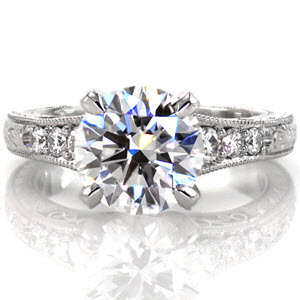
Knox Jewelers: Your Diamond Jewelry Experts
At Knox Jewelers, we have helped countless customers design stunning and unique engagement rings. Many of these custom engagement rings have utilized a diamond center stone for its classic, timeless beauty. If you’re on the market for a custom engagement ring of your own that incorporates a diamond center stone, be sure to get in touch with us today at Knox Jewelers. We look forward to working together with you to design an engagement ring that stands the test of time!

